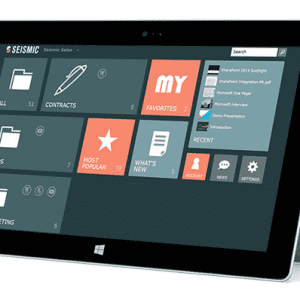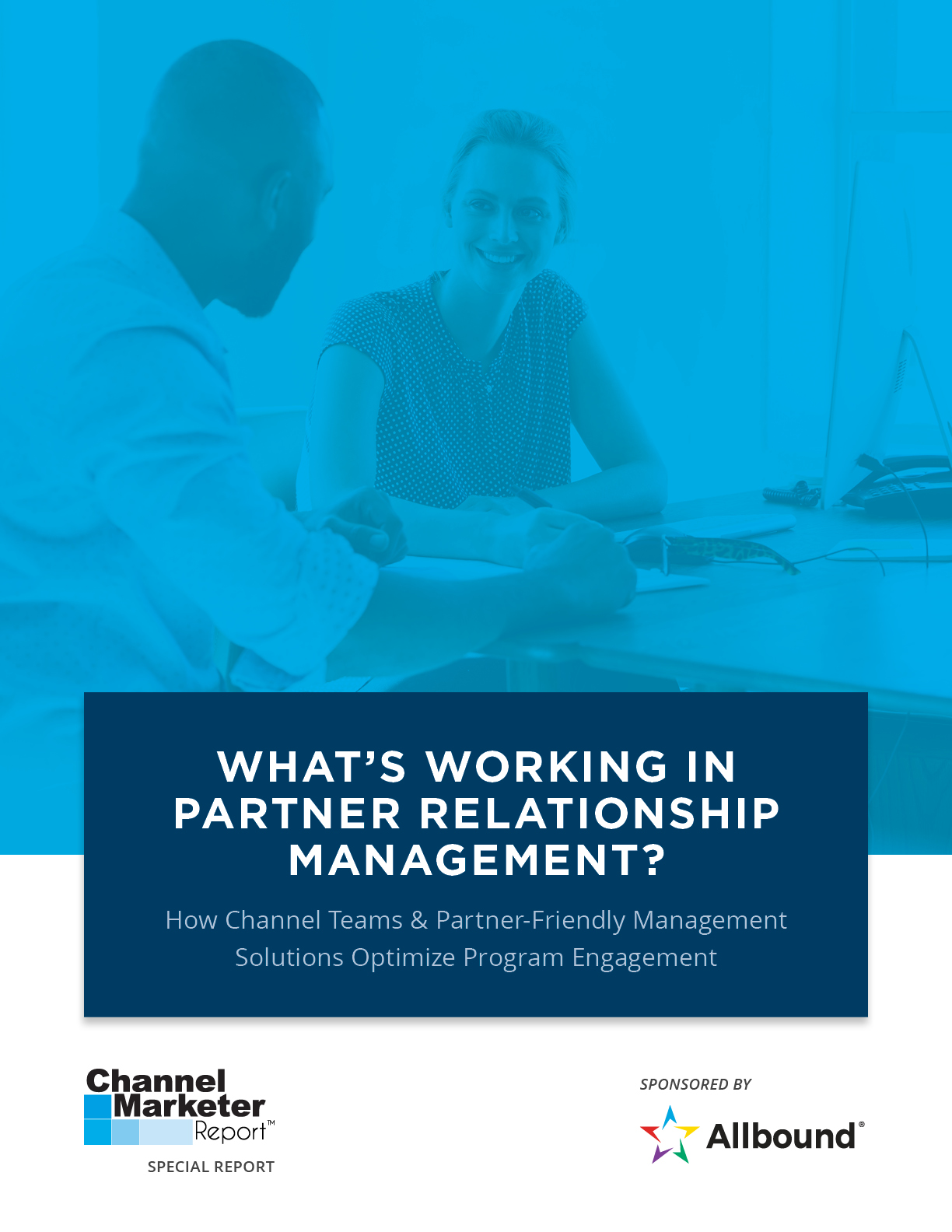Featured Posts
Growing Need For Lead Nurturing Among Channel-Focused Organizations

Because today’s B2B buyers are taking more time to research and educate themselves before engaging with a sales representative, lead nurturing is becoming a bigger priority for organizations with complex sales cycles. Highlighting the need for nurturing among channel marketers, recent research from MarketingSherpa found 79% of all marketing leads never convert into sales.
“The top of the sales funnel is widening, which has created an increased need for organizations to nurture leads using effective, targeted content,” Sam Mallikarjunan, Head of Experimental Marketing for HubSpot, told Channel Marketer Report.
To help jumpstart lead nurturing efforts, some OEMs/vendors and their partners are starting to develop a set of guidelines to ensure they have the same standards of what defines a qualified lead. Once both parties have the ability to determine when contacts should be handed off from marketing to sales, lead nurturing can become the key focus.
“Channel organizations should start with a goal for each nurturing campaign,” said Mathew Sweezey, Evangelist and Channel Executive at Pardot. “Once that goal is developed, organizations must ensure emails are tailored and calls-to-action align with that goal.” Organizations, he added, also must understand the optimal timing of drip emails based on the length of their unique sales/marketing life cycle.
Aligned lead scoring practices between OEMs/vendors and partners allows channel networks to understand the demographics and psychographics of buyers and nurture relationships until they’re ready to speak with sales.
“Organizations can optimize sales reps’ time by ensuring that leads either complete a sales-ready qualification event, such as a demo or consultation request,” Mallikarjunan reported. “Or organizations should be able to determine that prospects are exposed to content that specifically addresses company pain points and problems that they already have indicated based on their behavior or previously submitted form data. This creates a plausible reason for sales to reach out.”
More advanced channel programs also “are gaining additional advantages by using web viewing activities to customize ongoing content delivery, whether through delivering adjustable email offers, or though enabling ad retargeting,” according to Ken Romley, CEO of Zift Solutions. However, he added that most vendors and partners are still in the early stages of utilizing these strategies.
From a channel perspective, most vendors and partners, Mallikarjunan added, “lack a buyer-persona oriented content creation strategy that has enough volume to keep their leads moving through their funnel and preventing drop off.”
Educating Partners On Nurturing Best Practices
To ensure partners are up to speed on lead nurturing best practices, partner-marketing enablement is a necessary first step. OEMs and vendors can offer a variety of resources and educational content and seminars, to help develop a solid foundation for successful nurturing strategies.
“People learn by doing. If an organization can offer pre-built, automated, co-branded, on-demand lead generation and lead nurturing campaigns, partners can start with those resources,” said Erich Flynn, CEO of TreeHouse Interactive. “If the campaigns follow industry best practices, partners will eventually be able to mimic the approaches and tailor them to their own unique value propositions. Vendors who provide on-demand access to pre-built campaigns and co-branded materials will see the most adoption of their content and greater partner involvement in marketing activities on their behalf.”
Other assets OEMs/vendors can offer partners to continually improve lead nurturing efforts include:
- Continual training webinars on nurturing trends and best practices
- Access to on-demand training resources
- Instant phone support and fact-based information on a partner portal
More interactive and personal methods, such as monthly or weekly newsletters also help partners keep pace with best practices, according to Atri Chatterjee, CMO of Act-On.
“Implementing a partner newsletter program that is distributed weekly/monthly via a marketing automation platform allows OEMs/vendors to communicate to partners regarding newly added content that is available to them, while continuously reinforcing where to locate other relevant resources,” Chatterjee said. “In addition, vendors can include a recommended use section in the newsletter to provide examples to their partners on how to best utilize and leverage these resources.”
However, along with providing educational resources to help partners understand nurturing trends currently taking place, ongoing communication between OEMs/vendors and their partners is a necessity.
“One way to reduce that disconnect between content development and marketing strategy and partners’ use of those resources is to ensure there is a natural, ongoing communications stream between partner marketing and the rest of the marketing department,” said Amy Bills, Director of Partner Marketing for Eloqua. For example, partner marketing team members sit right in the marketing team at Eloqua. “This ensures partner marketing has front-row awareness of and input in marketing messages and content and can quickly leverage them for partners when appropriate.”
Additionally, organizations can show partners how an optimal lead nurturing campaign works by putting them at the center of an initiative, Bills added. “Actually build a program, either online or an online/offline combination, with partners as the recipients,” she said. “You can use this strategy to convey key messages or instructions as well as offer partners the personal experience of being nurtured.
Enabling Partners With Content And Marketing Assets
A leading issue for OEMs and manufacturers that tap into third-party sales teams to sell their solutions is that their partners oftentimes don’t have the marketing knowledge or resources to roll out effective campaigns.
“Leading edge companies are enabling partners by presenting them with pre-built campaigns that are easily co-branded and launched,” Flynn said. “Partners typically provide their contact details, logos, lists, etc., and the best of these systems launch the campaigns. They refer leads and report results directly to partners in real time.” Companies also are adopting partner content syndication, co-branded partner micro-sites and on-demand co-branding of marketing materials, he noted, to help their partners have more effective nurturing campaigns.
Content marketing specifically is playing a key role in optimal lead nurturing programs. Best-in-class organizations are mapping their content to the prospect buying cycle, offering an invaluable piece of content at each stage: awareness, evaluation and purchase.
Because content is now playing a starring role in B2B and channel marketing, organizations are utilizing more interactive best practices, such as extending the life of content through social networking sites, such as LinkedIn and Twitter. This strategy, according to Romley, “helps prospects connect with relevant content and engage in conversations once questions arise.”
Tackling Nurturing Opportunities In Social Media and Mobile
Social media is becoming a key touch point for marketing and sales teams to communicate, engage and nurture relationships with potential customers. In fact, 74% of marketers are using social media as an integral part of their sales and marketing strategies, according to the Content Marketing Institute. However, OEMs and vendors have an even greater opportunity to optimize their social efforts by leveraging their partners.
“Partners are a tremendous asset in social media,” Romley noted. “They provide a group of independent experts who can take a vendors message to a wide audience. However, most partners are not yet actively participating in these networks, so the vendors have a huge opportunity to gain market share by helping to enable their partners for social media success. This help can take the form of providing training, content, and/or the infrastructure tools that allow partners to effectively leverage social media interactions.”
Mobile also is becoming a more prevalent piece to the marketing puzzle, with buyers demanding anytime and anywhere access to optimized content across channels. Because smartphones and tablets are becoming the technology of choice for business interactions, “it is becoming more critical for organizations to make sure prospects receive effective messaging via mobile devices,” Romley reported. While most partners currently don’t have the experience or resources to deliver mobile optimized lead generation campaigns, Romley added that vendors can improve resorts by providing this mobile optimization to their partner networks.
This new mobile imperative also is evident among channel sales teams that constantly are on the go, added Mike Morgan, CEO of RelayWare. “Vendors need to engage with their partner wherever, whenever and however they themselves choose so a multi-channel approach to collaboration and communication is essential,” Morgan said. “Where channel sales partners are on the road, visiting their own customers, it is imperative that vendors provide them with information and sales tools that are easy to access. Mobile optimized portals provide partners with access to vendor news, training and lead management by phone or tablet, making it easy for OEMs and vendors to remain top of mind.”














